Tradescantia Care: A Complete Guide to This Versatile and Colorful Plant
Tradescantia
The Tradescantia, native to Central and South America, is a versatile and colorful plant that adds beauty to any space. Discover how to care for and enjoy this popular plant in your home.
___________________________________________________________________________
Tradescantia Care:
Light:
Tradescantia prefers bright, indirect light. Place it in a spot where it receives filtered light, such as near an east- or west-facing window. Avoid intense, direct sunlight, as this can burn the leaves.
Irrigation:
Water regularly, keeping the substrate slightly moist. Allow the top layer of the substrate to dry between waterings. Avoid overwatering, as this can cause root rot.
Substratum:
Use a well-draining substrate rich in organic matter. A mix of potting soil with perlite or vermiculite will work well. Make sure water drains easily to avoid waterlogging.
Temperature:
Tradescantia prefers warm, stable temperatures, between 18°C and 24°C (65°F to 75°F). Avoid cold drafts and extreme temperatures.
Humidity:
Tradescantia prefers moderate humidity levels. Occasionally mist the leaves with water to increase humidity if the environment is dry. Avoid excessively dry environments.
Toxicity:
Tradescantia can be toxic to animals if ingested in large quantities. Keep it out of reach of dogs, cats, and other pets.
Additional:
Tradescantia is known for its ability to purify the air by absorbing toxins and releasing fresh oxygen.
 ___________________________________________________________________________
___________________________________________________________________________
Common problems:
- Wilting: Tradescantia can suffer from wilting if overwatered or underwatered. It's important to find a balance and ensure the substrate is slightly moist but not overly soggy.
- Yellowing leaves: Yellowing leaves can be a sign of too much direct sunlight or a lack of water. Make sure the plant receives filtered light and is watered adequately.
- Root rot: If the substrate is too wet and does not allow for proper drainage, Tradescantia roots can rot. It is important to use a well-drained substrate and avoid overwatering.
- Pests: Some common pests that can affect Tradescantia are aphids, spider mites, and mealybugs. Inspect the plant regularly and use appropriate pest control methods if an infestation occurs.




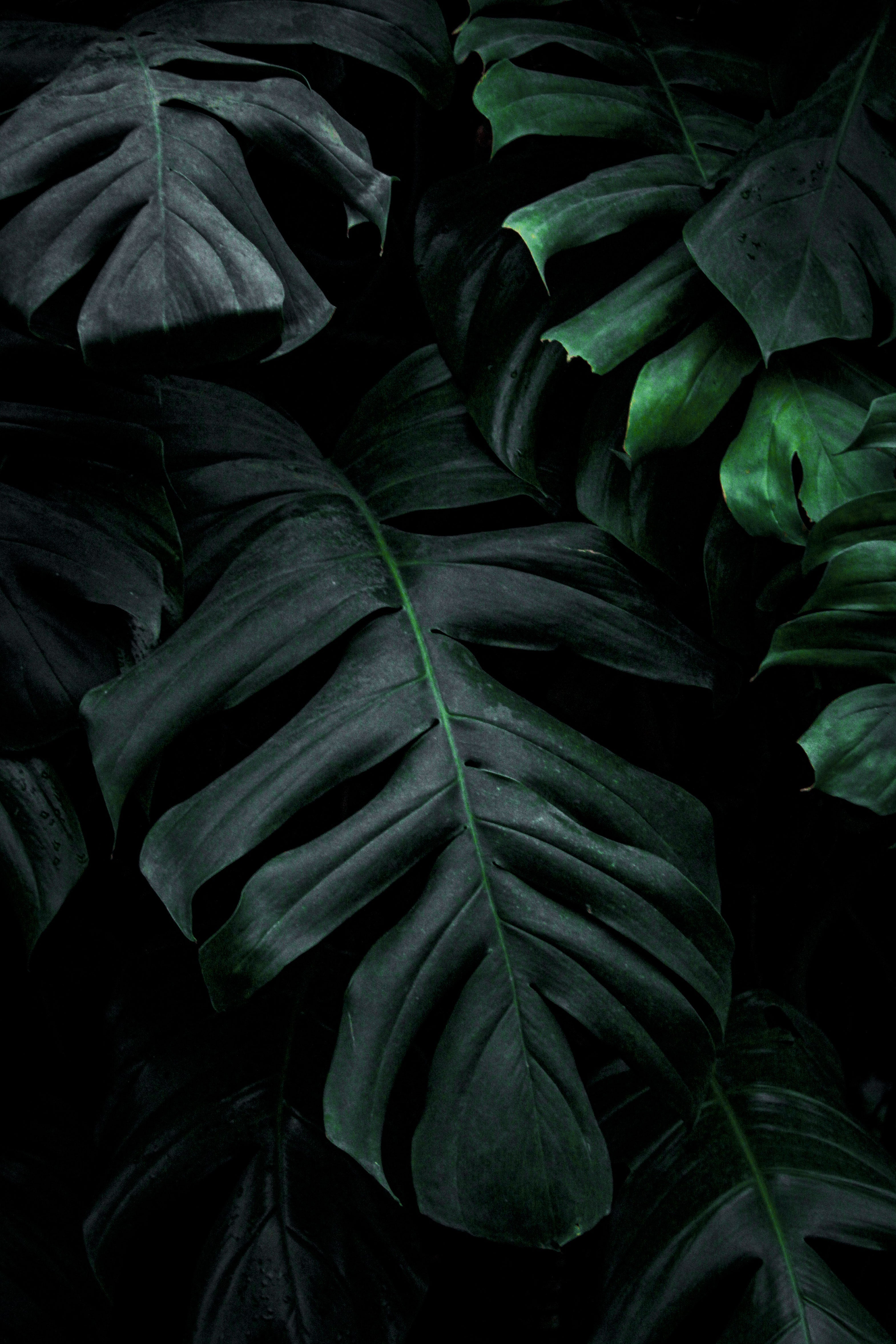
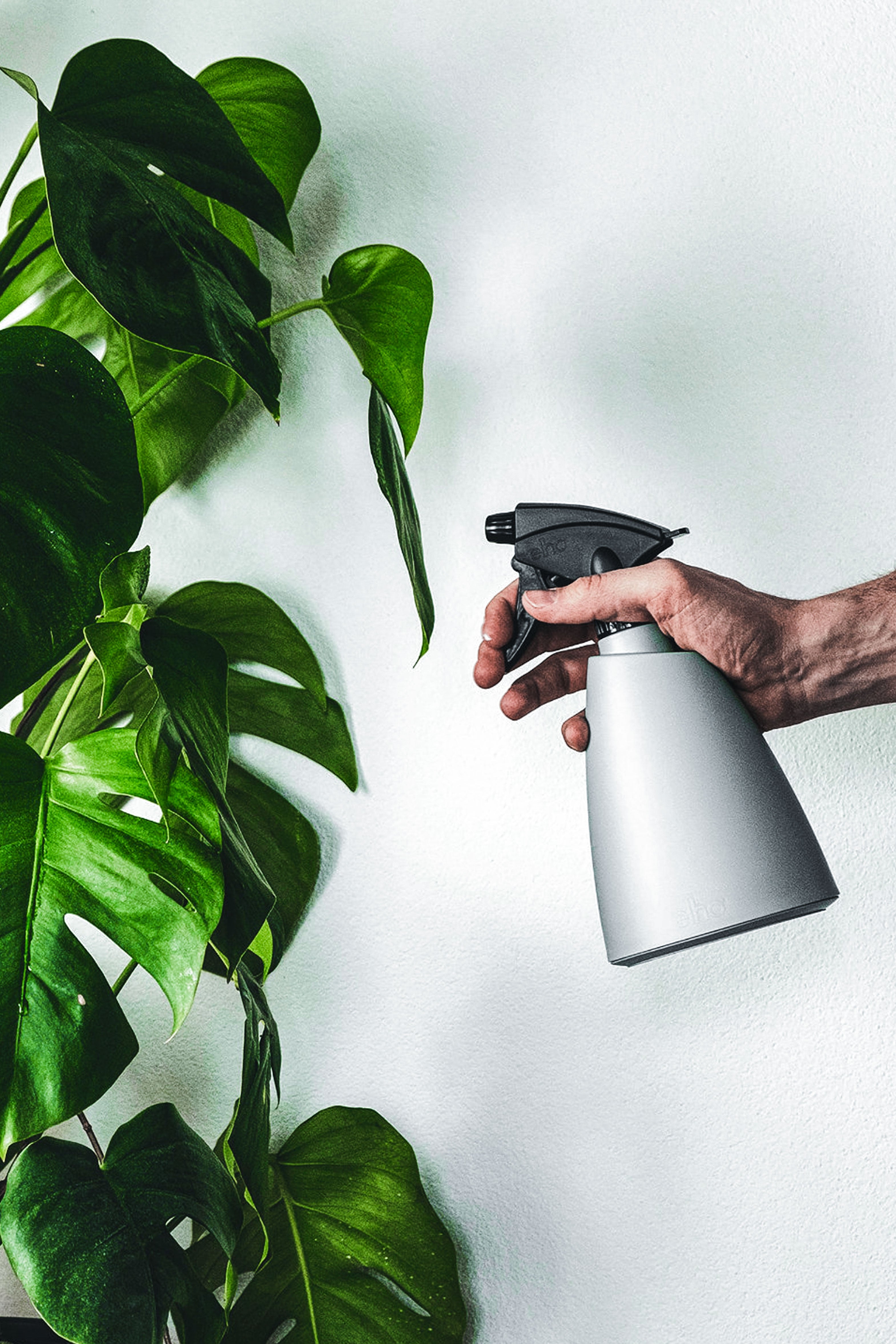
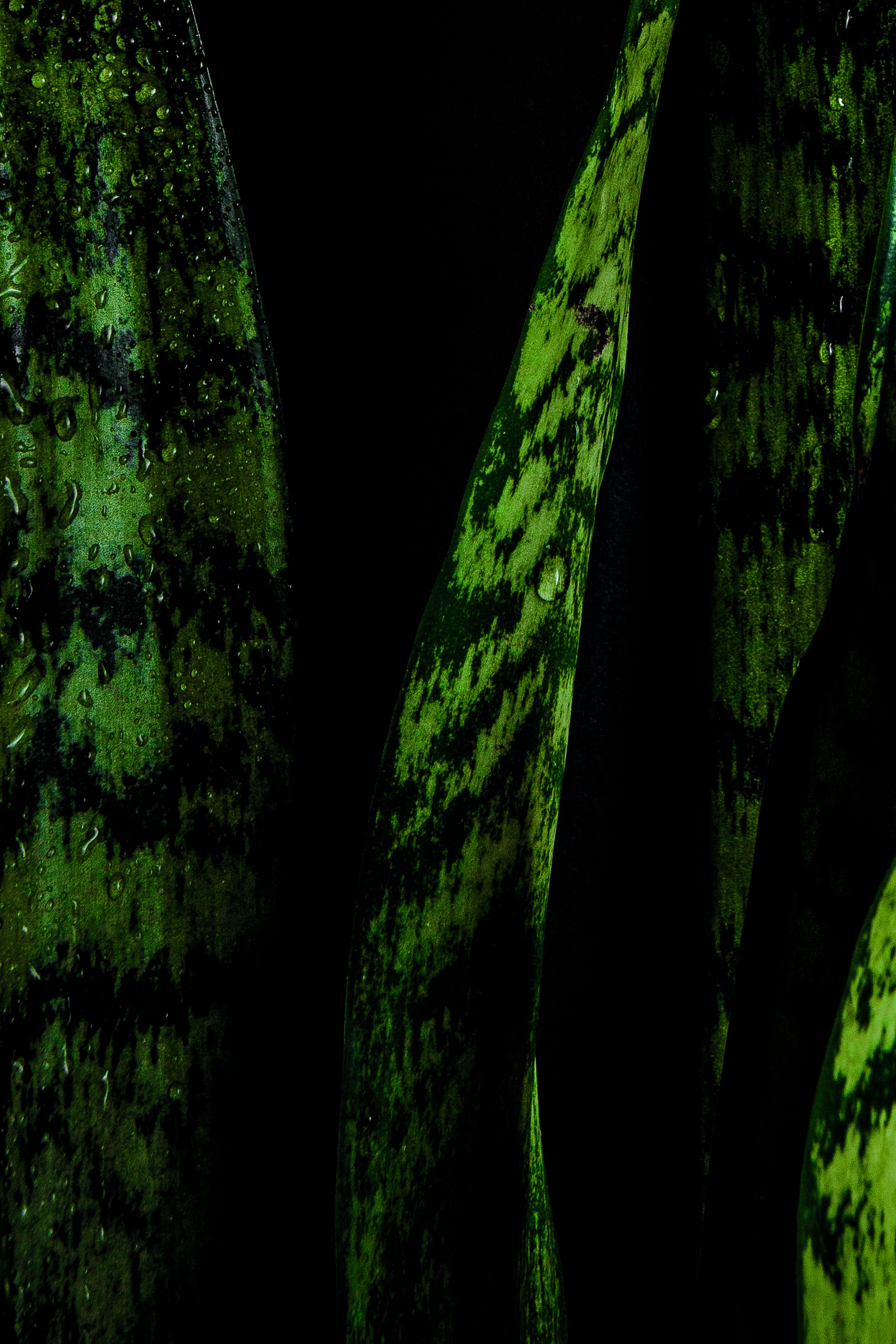
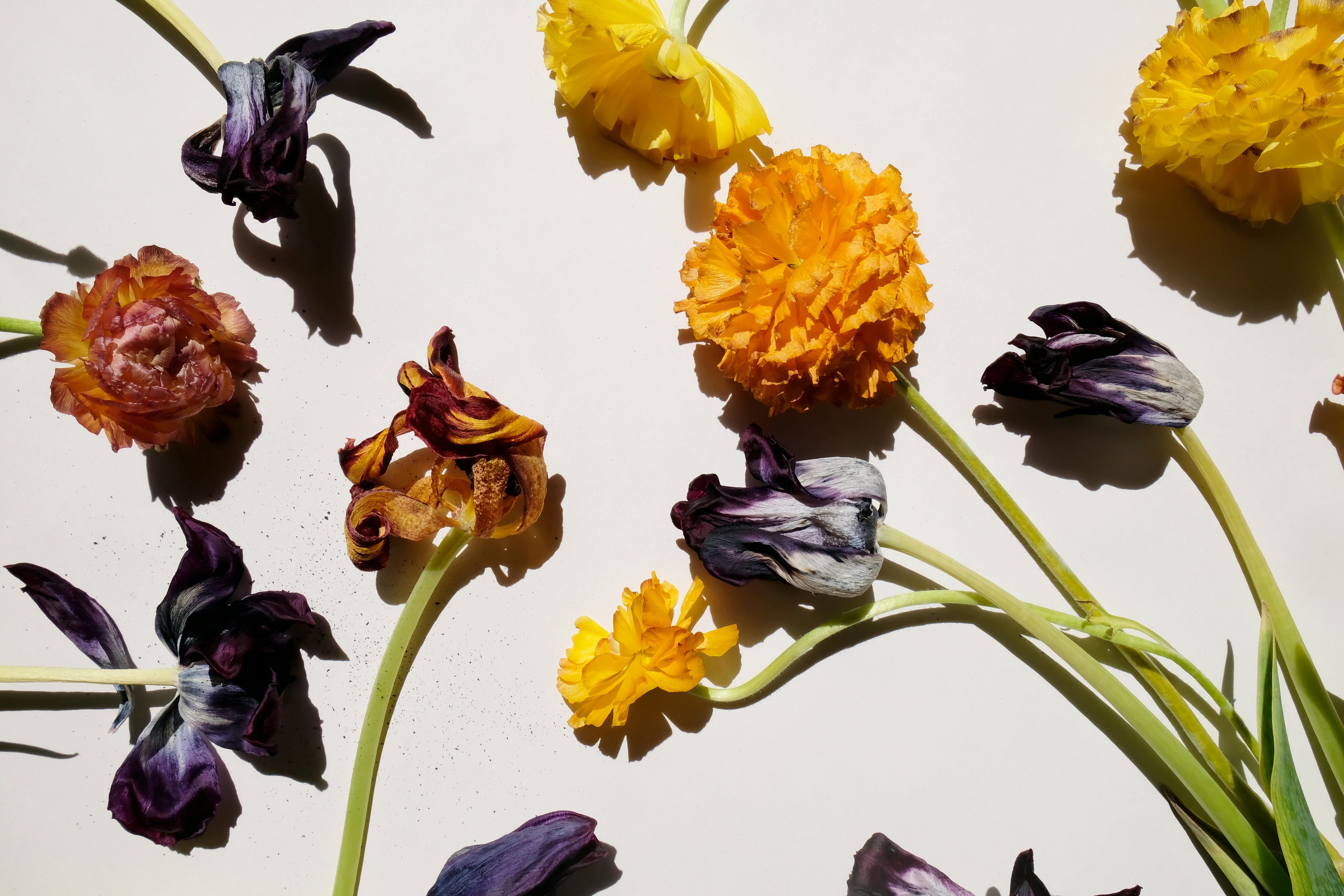
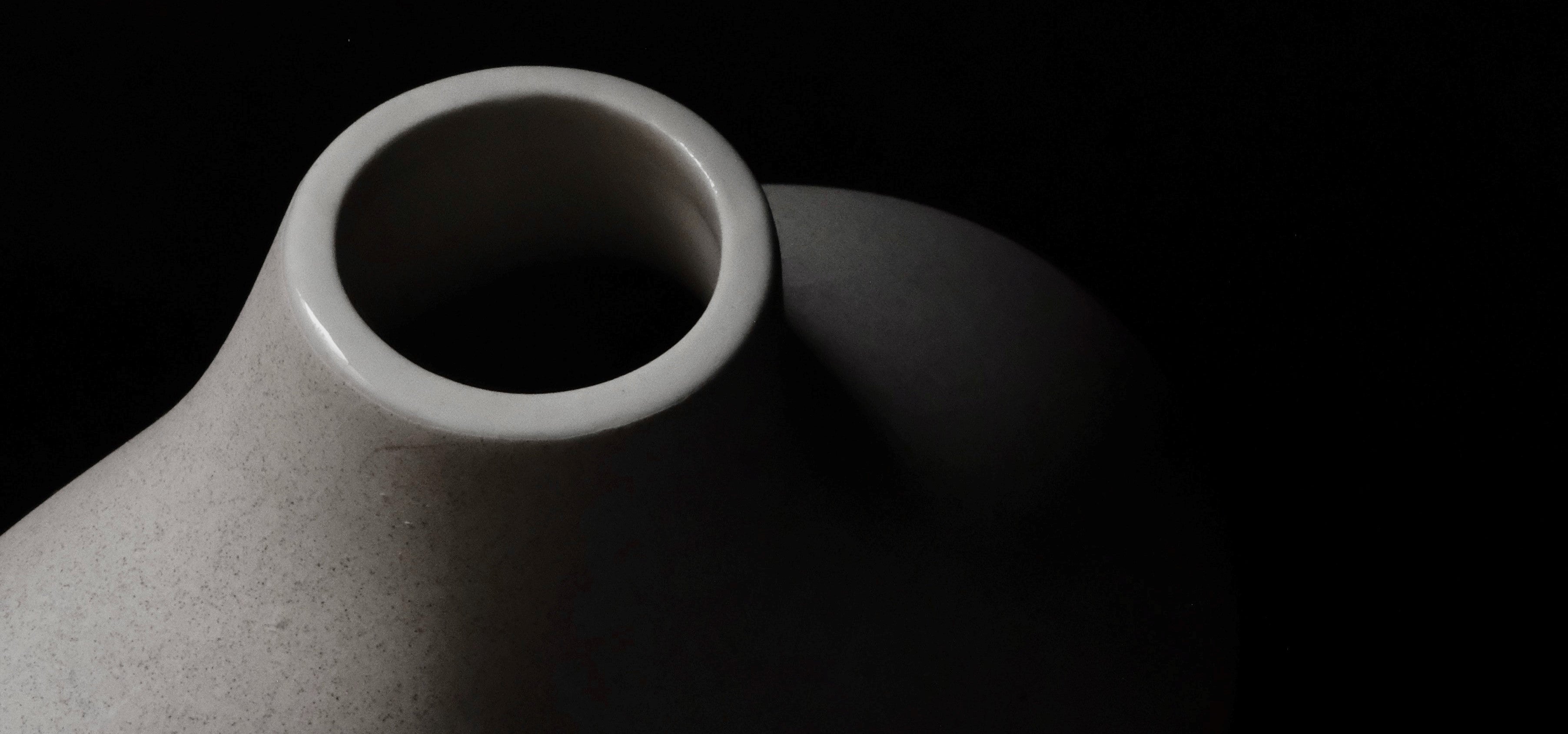
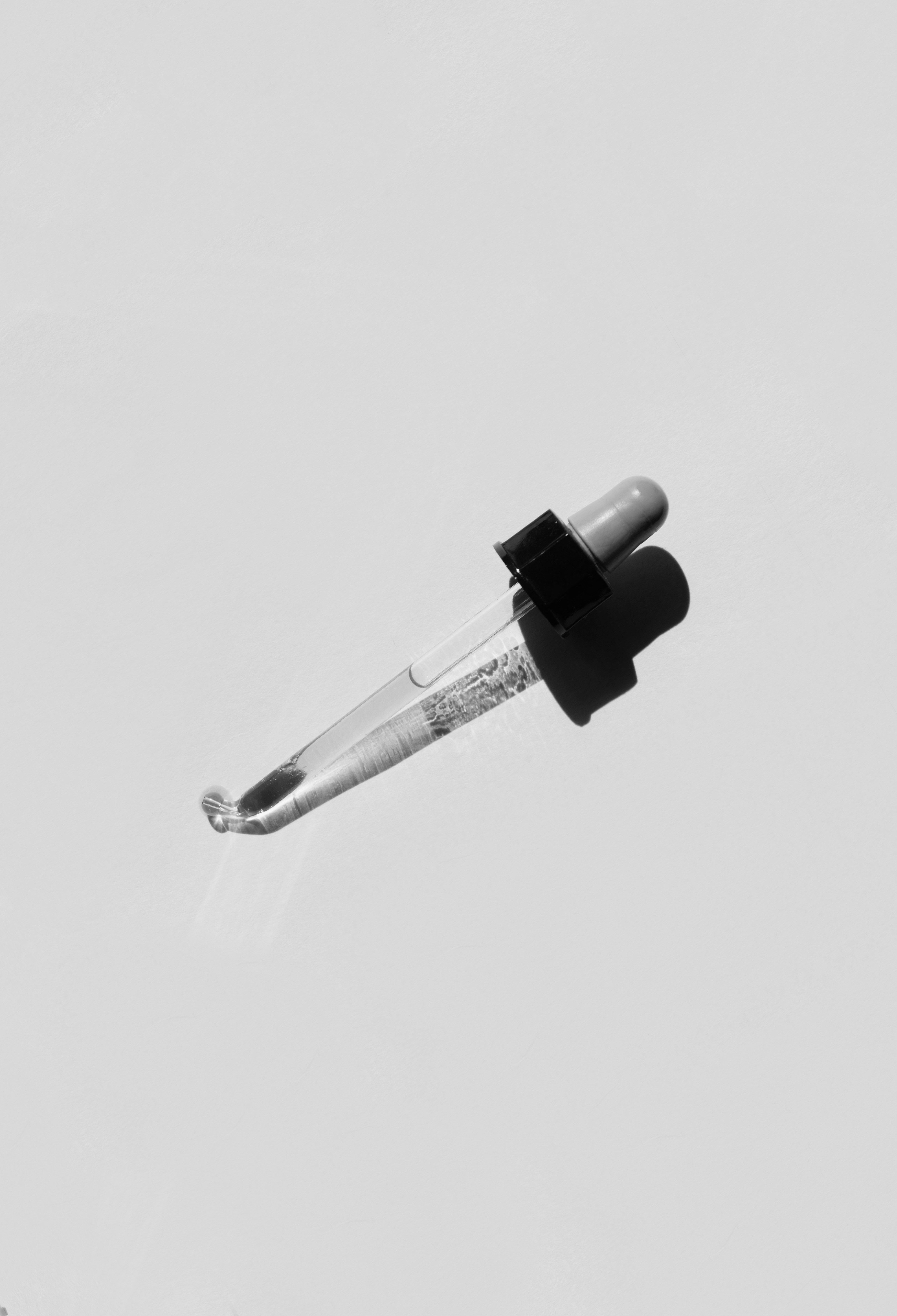
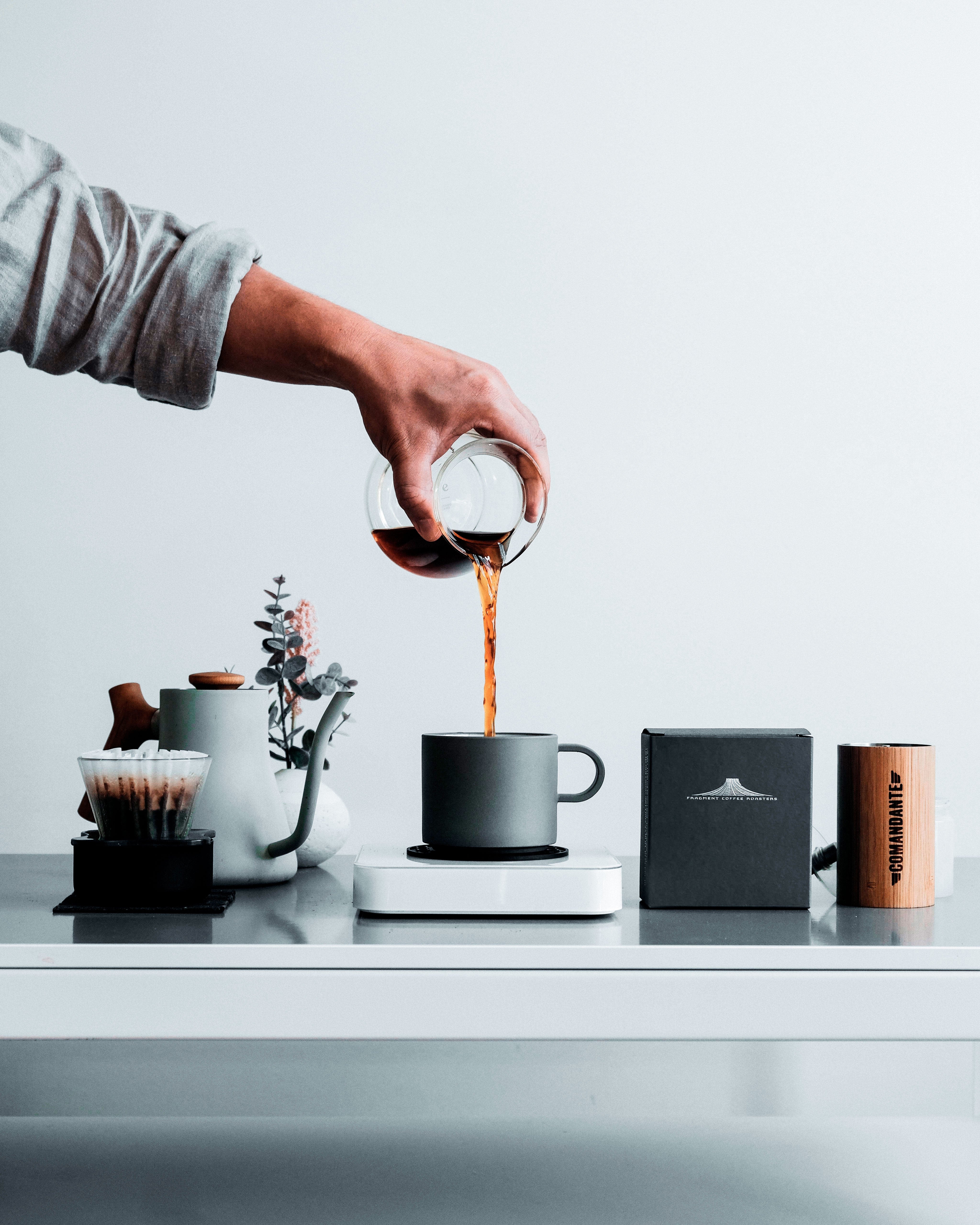
Leave a comment